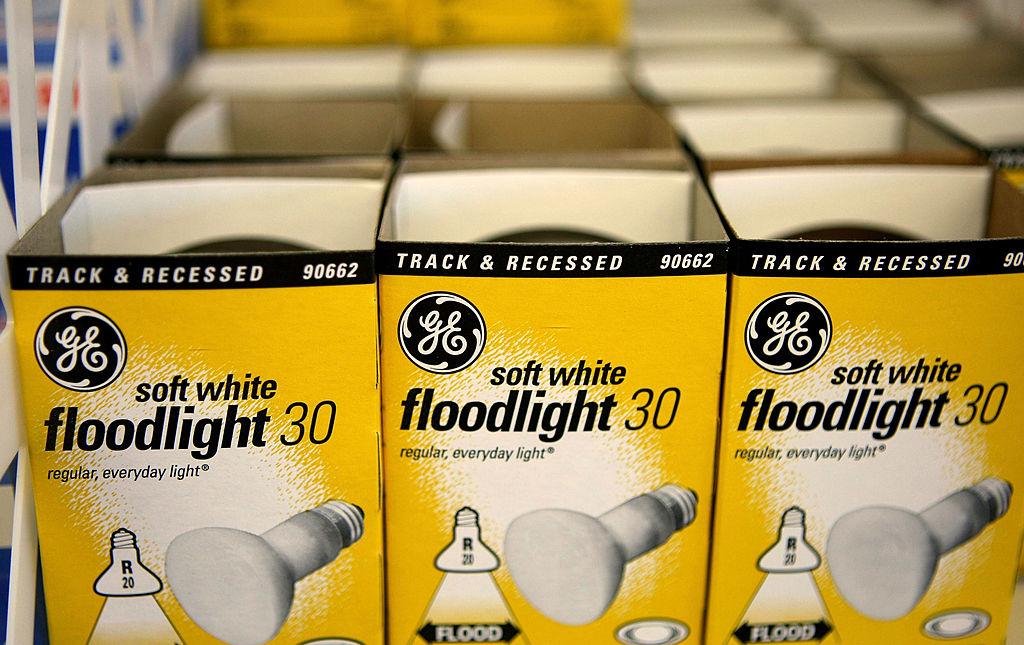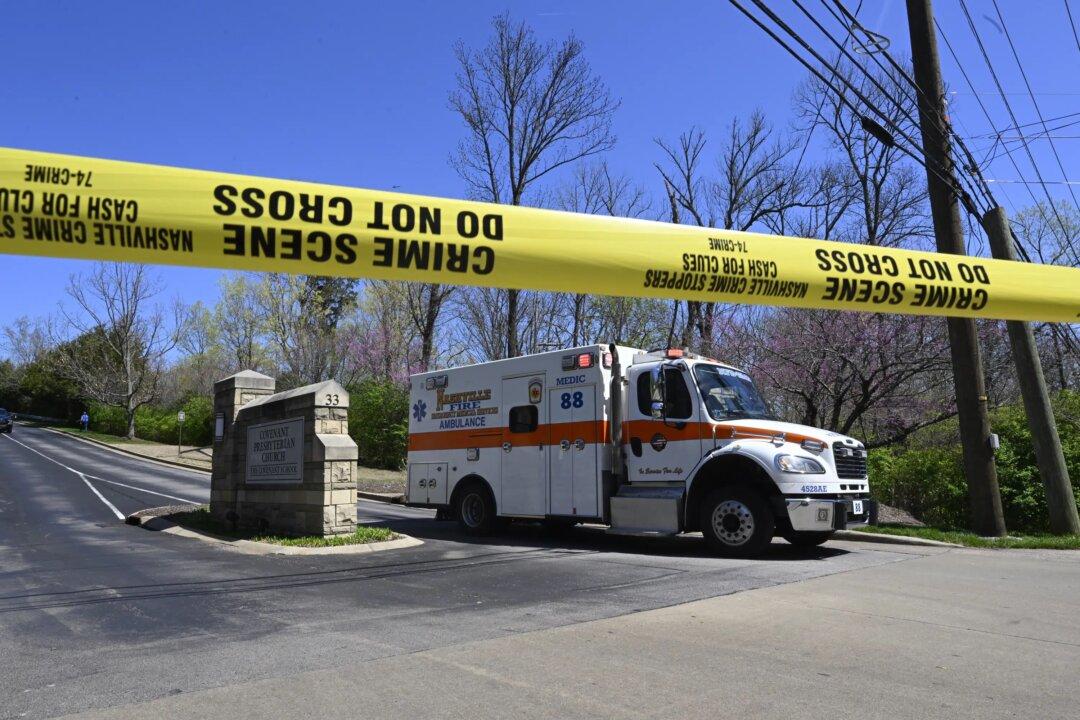A law passed in the United States prohibiting the manufacturing of incandescent light bulbs has fueled a sharp rise in popularity for the Edison-created technology.
Tino Carrejo, a lighting specialist at the Light Bulb Depot in Austin, Texas, told The Epoch Times that as supplies continue to dry up, he has seen a rise in demand for the old-fashioned bulbs.





